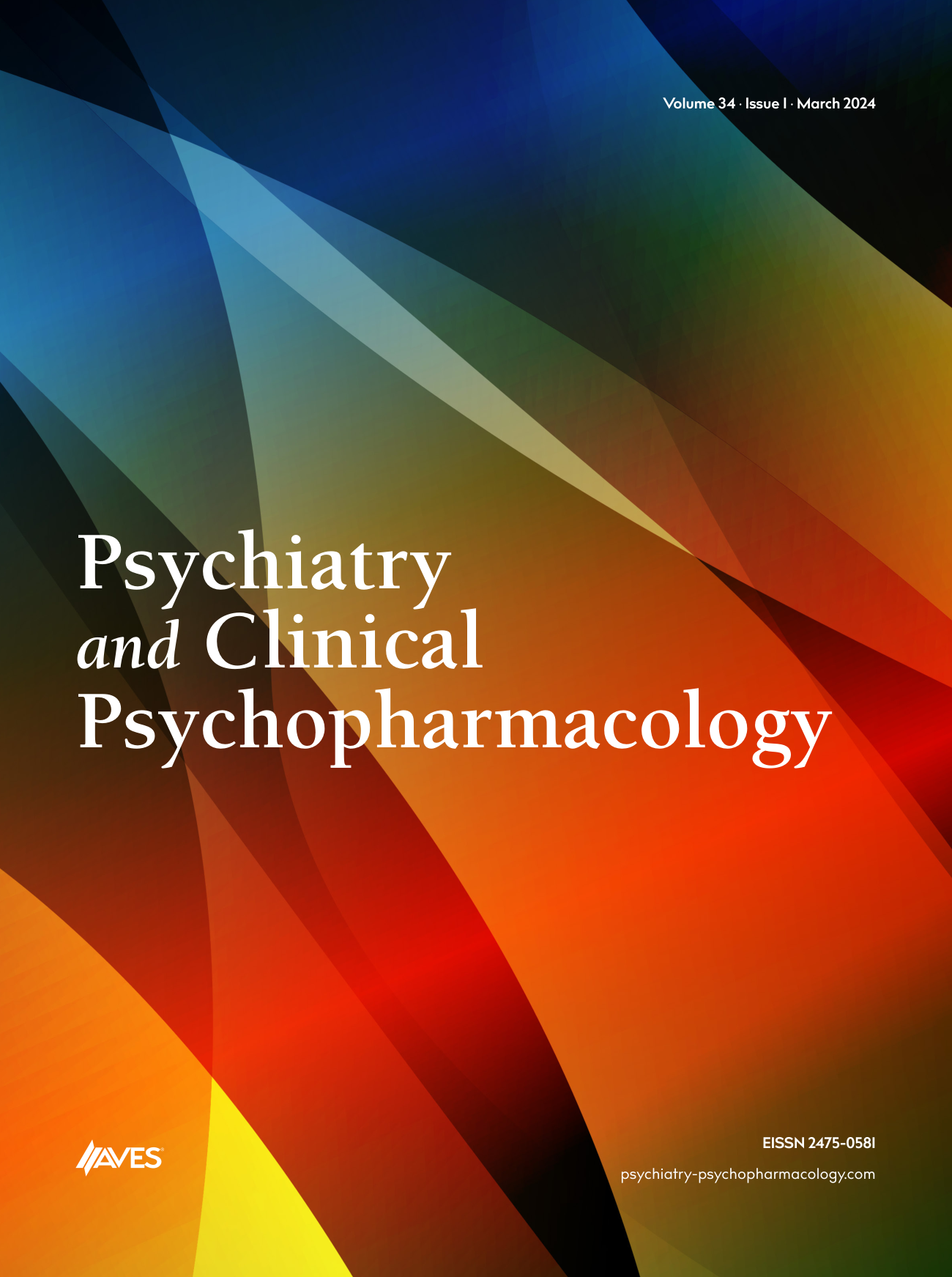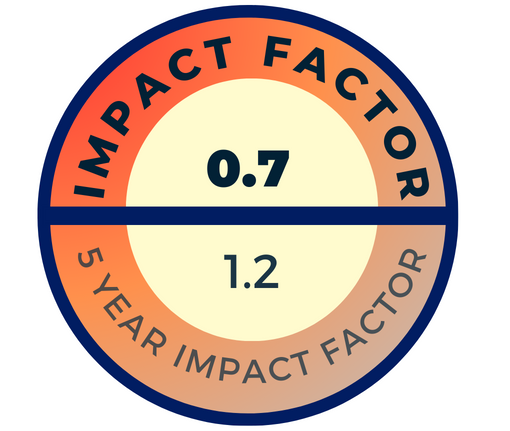Tardive dyskinesia is a serious and common motor side-effect of treatment with neuroleptics, with an unknown pathophysiological basis. The essential features of neuroleptic-induced tardive dyskinesia (TD) are abnormal, involuntary movements of the tongue, jaw, trunk or extremities that emerge in a patient predisposed to antipsychotic medication. Although the exact pathogenesis of TD is unclear, there is some evidence that dopamine supersensitivity in the nigro-striatal pathway due to antipsychotics could contribute to these dyskinetic movements. Although it has been suggested that olanzapine can improve tardive dyskinesia in some patients, few reported cases have shown that the prolonged use of olanzapine can instead be associated with tardive dyskinesia/dystonia. Here we report a case that experienced tardive dyskinesia after 12 years of treatment with olanzapine. A 66 years old man, admitted to our clinic with complaints of involuntary movements involving his tongue, jaw, right arm and leg. He had also social withdrawal, negativity, insomnia, anhedonia and feelings of guilt.. He was taken to a psychiatrist, diagnosed as major depressive disorder with psychotic features and prescribed şuoxetine 20 mg/day + olanzapine 10 mg/day. Olanzapine dose could not be reduced for 12 years rather 2 years ago with the remission of depressive symptoms şuoxetine treatment was ceased. Two months before the admission, his family noticed repeated involuntary movements in his right arm and olanzapine was stopped. Although he was medication free for one month; mild choreic movements continued in the right upper limb also involuntary movements of tongue, jaw and rare choreic movements in the right lower limb emerged. Choreic movement in the right lower limb was becoming more apparent when he walked but extremity movements were not causing so much functional loss. A diagnosis of drug-induced tardive dyskinesia was thus made, other causes of dyskinesia excluded and therapy with clozapine 12,5 mg/day initiated. In this case, the tardive dyskinesia was most likely a result of olanzapine administration. As olanzapine is increasingly being used in elderly subjects, our report underlines the need for judicious use and a careful assessment for tardive dyskinesia or other movement disorders in patients taking this atypical neuroleptic. More intensive research and long term studies in the future are needed for dilemma of olanzapine both causing TD and being used for treatment of TD raised by case reports.



